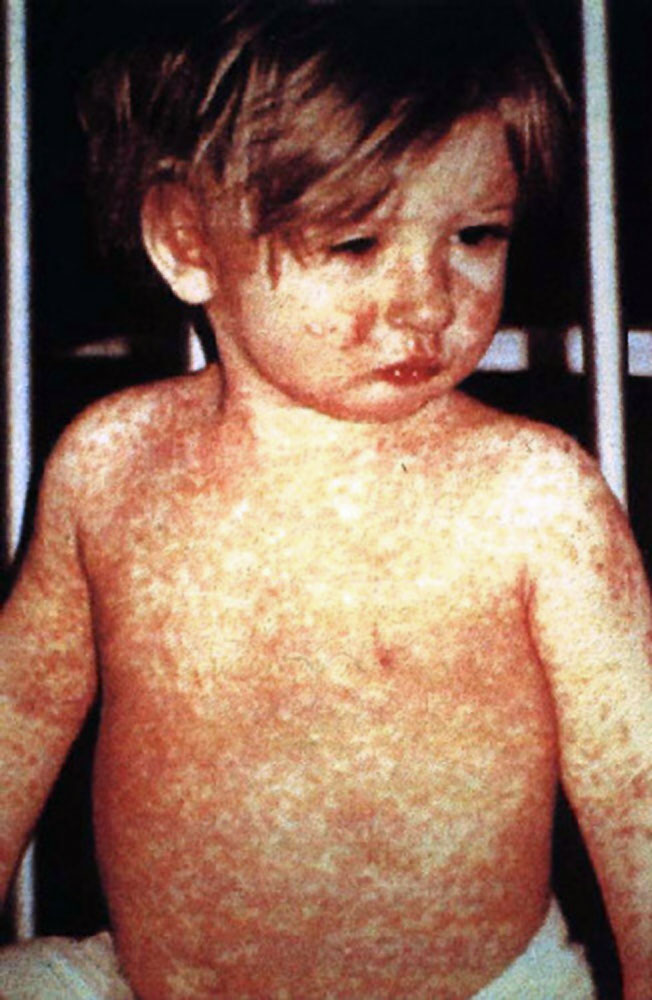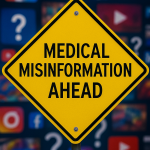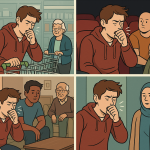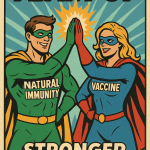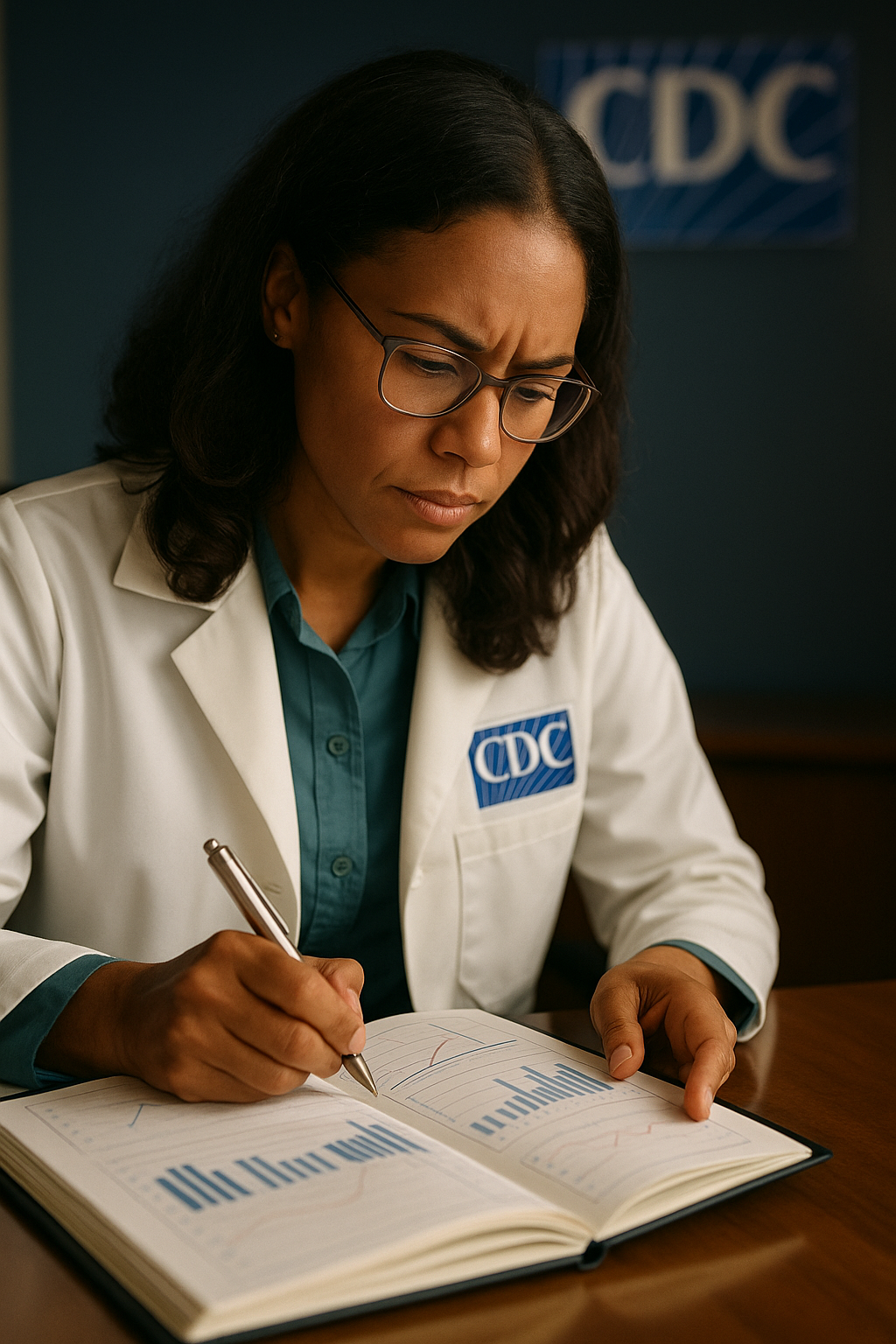At first, it was just a rumor—an email forward, a video clip, a concerned friend posting on Facebook.
“They don’t want you to know what’s in that vaccine.”
“Big Pharma is lying to us.”
“There are natural ways to boost immunity.”
In our town, those whispers became louder over the years. Some parents stopped vaccinating. Not all of them—but enough. Enough for the cracks to form.
And then last month, it happened.
The first child tested positive for measles.
He was in kindergarten. He’d been on a field trip with 30 other kids the week before. By the time the diagnosis was confirmed, it was too late. Three more children were already infected. One was hospitalized with pneumonia. Another, a baby too young to be vaccinated, developed encephalitis—a rare but devastating complication that causes swelling of the brain.
The fear hit hard. But what hit even harder was the shame.
Many of us remembered the posts. We’d seen them circulate in parent groups. We’d heard the claims that the MMR vaccine (for measles, mumps, and rubella) could “overload” the immune system. That it caused autism—long after that claim had been thoroughly debunked. That “herd immunity” was a myth.
We didn’t always push back. Sometimes we nodded politely. Sometimes we ignored it.
Some of us even believed it.
But here’s the truth: Measles was gone. Now it’s back. And it came because we let misinformation in the front door.
We didn’t see it as a threat, because it wasn’t immediate. It didn’t knock on our doors in hazmat suits. It came quietly, through the algorithms, through podcasts, through well-meaning friends sharing “alternative truths.”
And it found just enough doubt to survive.
What They Didn’t Tell You
Here’s what the anti-vaccine rhetoric left out:
- The MMR vaccine is one of the most studied, safest vaccines in the world.
- It prevents a disease that once killed 2.6 million people a year globally.
- Measles doesn’t just cause a rash. It can cause blindness, brain damage, and death, especially in children under five.
- There is no link between MMR and autism. That claim came from a single fraudulent study in 1998—and it was retracted, and the author lost his medical license.
But in the gap between scientific truth and emotional fear, a lie took root.
And it cost us.
What We Can Do Now
This is not about blame. It’s about rebuilding trust.
It’s about listening to public health experts—not influencers.
It’s about protecting each other—especially those who can’t protect themselves.
Our community is vaccinating again. Late, but not too late. Pediatricians are booked for weeks. The local health department opened an emergency walk-in clinic.
We’re trying to undo what can still be undone.
Because this time, the lies got too close to home.
Vaccines don’t just protect you. They protect all of us.
Let’s not wait for the next outbreak to remember that.
Sources:
- CDC: Measles Cases and Outbreaks
- WHO: Global Measles Deaths and Vaccination Efforts
- The Lancet Retraction of Wakefield’s Fraudulent Study
Last Updated on June 26, 2025

